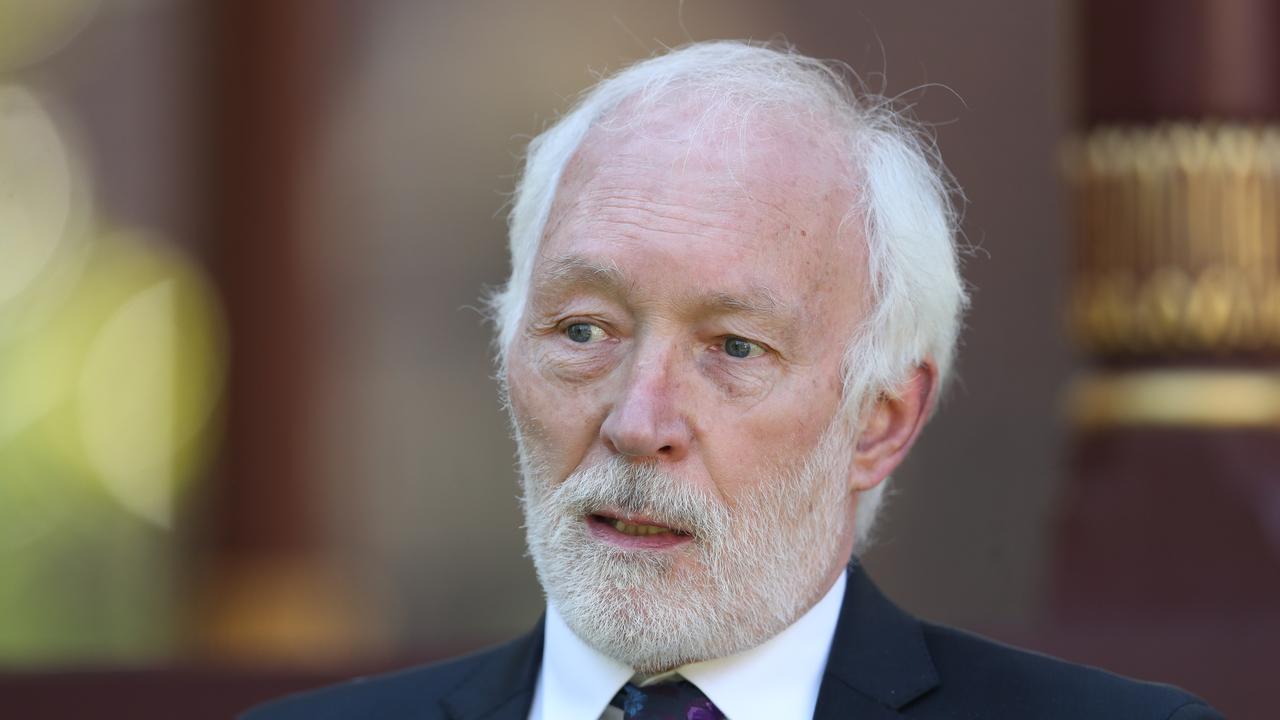Ambulance staff ‘suffering post-traumatic stress disorder’
Many of the nation’s ambulance officers are suffering symptoms of post-traumatic stress disorder, new research shows.
Many of the nation’s ambulance officers are suffering symptoms of post-traumatic stress disorder, extreme stress and fatigue while on duty, new research shows.
A joint project between the Ambulance Employees Association and Griffith University in Queensland found 10 per cent of ambulance service staff in Queensland and 8.5 per cent in South Australia showed symptoms of PTSD, indicating some paramedics should be treated as patients. Another 6.6 per cent in Queensland and 4 per cent South Australia were found to be on the verge of a provisional diagnosis for PTSD.
About 40 per cent in both states suffer severe or extremely severe anxiety and more than half were routinely fatigued. About one in five said they were looking for another job.
The ambulance union compared paramedics to “frontline troops ... like in Afghanistan” but without a chance to “recover and recuperate”.
Research teams led by associate professors Keith Townsend and Rebecca Loudoun questioned almost 1300 emergency services employees from South Australia, Queensland and the Northern Territory.
The Ambulance Employees Association of SA used the release of the research yesterday to launch a campaign for adequate staffing, resourcing and funding, which coincided with the Salaried Medical Officers Association launching a separate campaign to draw attention to “dangerous” overcrowding in Adelaide’s metropolitan hospitals.
Union secretary Phil Palmer said “stress is the asbestos of the ambulance industry; and much more work is needed to make a very difficult and risky job safer”.
He told a Senate committee hearing last month that two people died in South Australia last year because ambulances were queued outside overcrowded hospitals and unavailable to respond to urgent cases.
The Australian reported in May that nurses were triaging patients in the back of queued ambulances at the $2.4 billion Royal Adelaide Hospital, and that recommendations from a review six years ago into patient flow and ambulance gridlock at public hospitals had not been implemented.
South Australia’s public sector doctors yesterday began a campaign to draw attention to “dangerous” overcrowding in Adelaide hospitals. Salaried Medical Officers Association industrial officer Bernadette Mulholland said emergency department blockages and ambulance ramping had been going on for six years. Health Minister Stephen Wade conceded it was “very frustrating that we aren’t making more headway”.



To join the conversation, please log in. Don't have an account? Register
Join the conversation, you are commenting as Logout